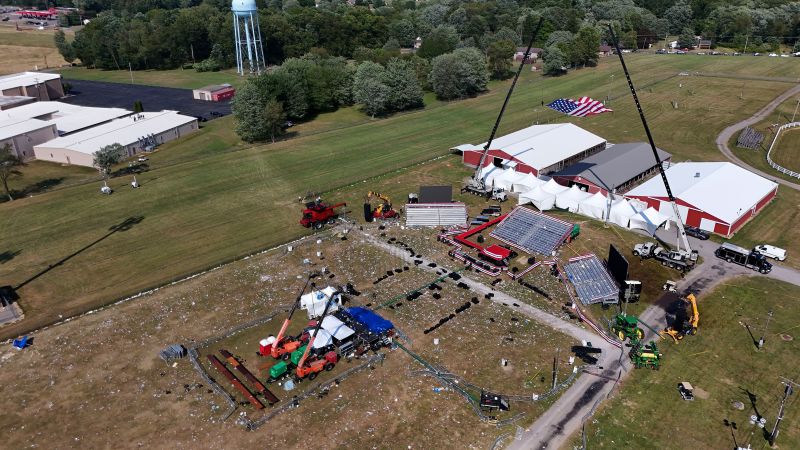Text messages between law enforcement officers before the assassination attempt against former President Donald Trump revealed that some officers noticed the shooter’s presence at the rally more than 90 minutes before the incident. According to text messages obtained by Senator Chuck Grassley and reported by The New York Times, a local countersniper spotted someone near their vehicles and sitting on a picnic table at 4:26 p.m. Local law enforcement later took a picture of the same man, who turned out to be the shooter, Thomas Matthew Crooks, and shared it in a group chat nearly 30 minutes before Crooks shot at Trump at the Butler, Pennsylvania, rally.
One text message mentioned seeing a person with a rangefinder looking towards the stage and suggested notifying the Secret Service snipers. Questions have been raised about why law enforcement failed to stop the shooter after spotting him previously and how the communication between local and federal law enforcement was managed on the day of the incident. Members of the Beaver County SWAT team, who assisted in security, said they were supposed to have a briefing with the Secret Service agents upon their arrival in Butler, but that meeting did not take place.
There is uncertainty regarding when local law enforcement directly informed the Secret Service about Crooks and shared pictures of him before he accessed the roof. Following the resignation of Secret Service Director Kimberly Cheatle, acting Director Ronald Rowe and FBI Deputy Director Paul Abbate are set to testify before two Senate committees about the assassination attempt. Lawmakers are seeking more answers about the failures that occurred that day regarding security measures for the former president and current Republican nominee.
The text messages suggest that law enforcement officers were aware of the shooter’s presence before the incident, raising concerns about the lack of action taken to prevent him from carrying out the assassination attempt. The lack of communication and coordination between local and federal law enforcement agencies has also come into question, highlighting potential gaps in security protocols. Additionally, the failure to have a face-to-face briefing with the Secret Service agents upon their arrival further showcases the breakdown in communication and planning on the day of the rally.
Efforts are being made to understand the sequence of events leading up to the assassination attempt and identify any lapses in security measures that may have contributed to the incident. The upcoming testimonies from acting Secret Service Director Ronald Rowe and FBI Deputy Director Paul Abbate aim to shed light on the failures that occurred and address concerns about the overall security arrangements for high-profile events. The ongoing investigation into the assassination attempt will hopefully provide insights into improving security protocols and preventing similar incidents in the future.


